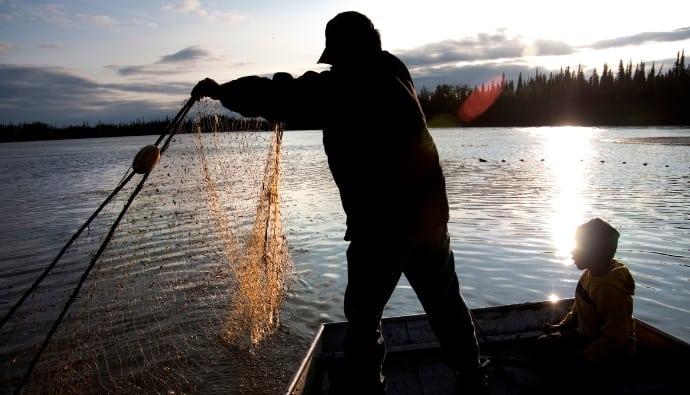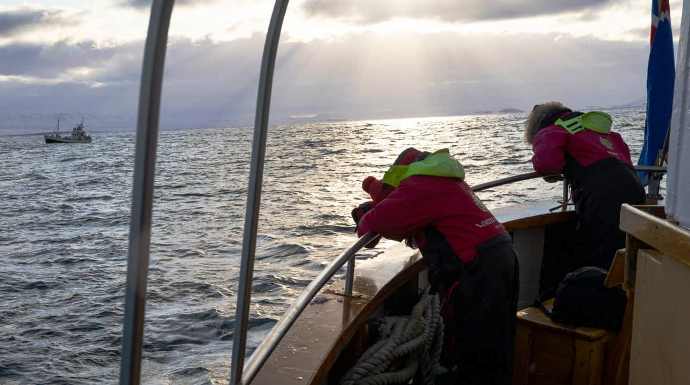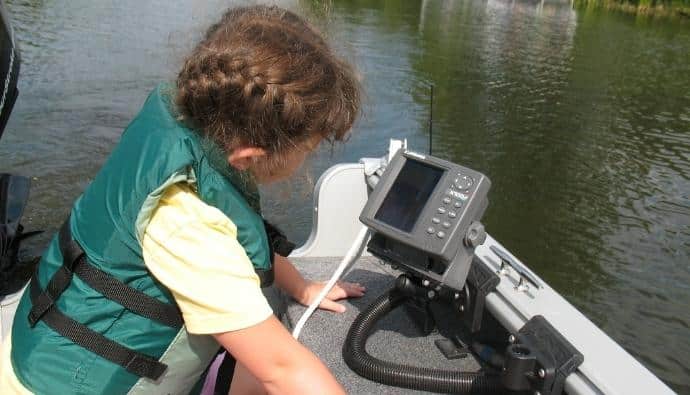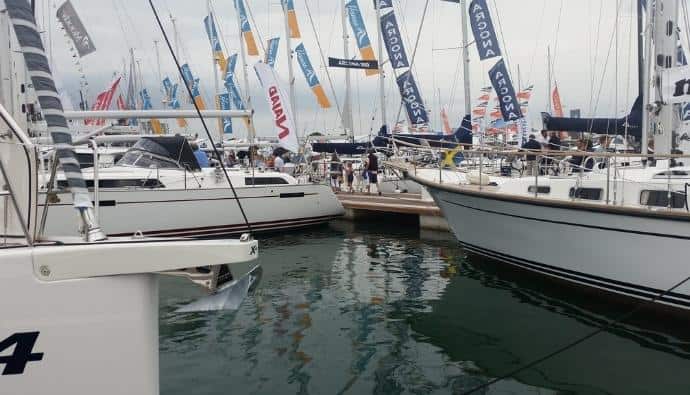Are you confused about whether you want inshore vs offshore fishing? You don’t have to, as both of these are popular saltwater fishing activities!
Saltwater fishing is a step up in an angler’s journey. Primarily, this activity includes catching fish inshore or at near-surface level waters and offshore or at the deep sea. But these are different activities that depend on your angling skills and fishing gear to catch fish successfully.
What do you need to know about inshore and offshore fishing? What are the distinctions between these two activities? And which of the two are appropriate for your fishing trip?
We’re answering all your questions here!
Listen to more tips on the Cast & Spear Podcast
What is Inshore Fishing?
As the name suggests, inshore fishing involves catching fish near the shore. Specifically, this activity is done in relatively shallow waters. It is similar to angling at freshwater areas, albeit at coastal lines.
There are no precise measurements as to the distance and depth limitations when fishing inshore. Some say that inshore fishing is within 15 miles near the shoreline and thirty meters deep.
Other sources say that you can fish inshore within nine miles or as far as 20 miles from the shore.
Another necessary marking that draws the line between shallow and deep-sea fishing is the color change of the water. You can observe how the seawater changes from green to deep blue as you reach the 30-meter deep limit.
Unlike offshore fishing, angling inshore requires less equipment, expenses, and time. Anglers may use a smaller boat inshore or simply immerse their lower bodies onto saltwater flats for a light tackle.
What is Offshore Fishing?
Offshore fishing or deep sea fishing refers to activities in much deeper locations than fishing inshore. Again, the measurements in considering whether a particular fishing location is in deep waters vary.
In terms of distance from shore, it can range from about 15 miles to about 20-30 miles, or as far as 130 miles. Meanwhile, offshore waters are usually more than 30 meters in-depth or even as deep as 100 meters.
Fishing offshore requires more gear and equipment as the chances of catching a wide array of fishes are much higher. These trips are usually made through charter fishing or large sports fishing boats. In this case, marine vehicles should carry bigger loads, such as larger and heavier fish.
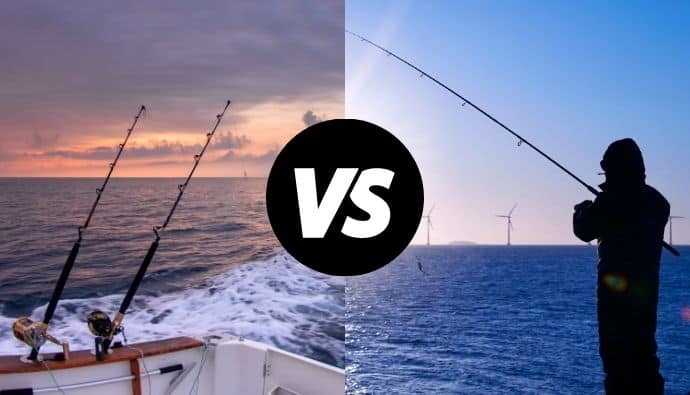
Fishing Inshore vs. Offshore: Main Differences
Inshore and offshore fishing refers to the same activity of catching saltwater fish.
But, the required skills and equipment that anglers should have are different between these two activities. Here are some main differences between offshore and inshore fishing.
Water Depth and Distance from Shore

The most apparent distinction between fishing in offshore and coastal waters is the depth and distance from the shore. Popular inshore fishing spots are about nine to 20 miles from the coast and about thirty meters deep despite varied measurements.
Meanwhile, offshore fishing locations are much farther from the shore, between 15 to 130 miles or even more. The water level in such areas goes beyond 30 meters and can reach as deep as 100 meters.
Boat and Equipment Required
Inshore fishing requires minimal equipment and expenses. For one, you’ll only be dealing with catching inshore fish. Because of this, you only need a medium power 6.5 to 7 feet fishing road, a rust-resistant fishing reel, and live bait.
You also have the option to immerse yourself in shallow water or use smaller boats that measure around 18 to 25 feet. Either way, this equipment can help in doing lighter tackle for you to catch striped bass, snook, redfish, and speckled trout.
Meanwhile, offshore fishing activities require larger boats carrying heavier loads, such as big game fish. While 10 to 15 feet boats are capable of an offshore trip, it is more recommended to pick boats of 30 to 40 feet in length.
In addition, charter fishing boats are also helpful in traveling amid the deep sea. These vehicles can carry up to 22 passengers, plus the captain and crew. Fortunately, businesses that offer deep-sea fishing trips are prevalent in popular fishing locations.
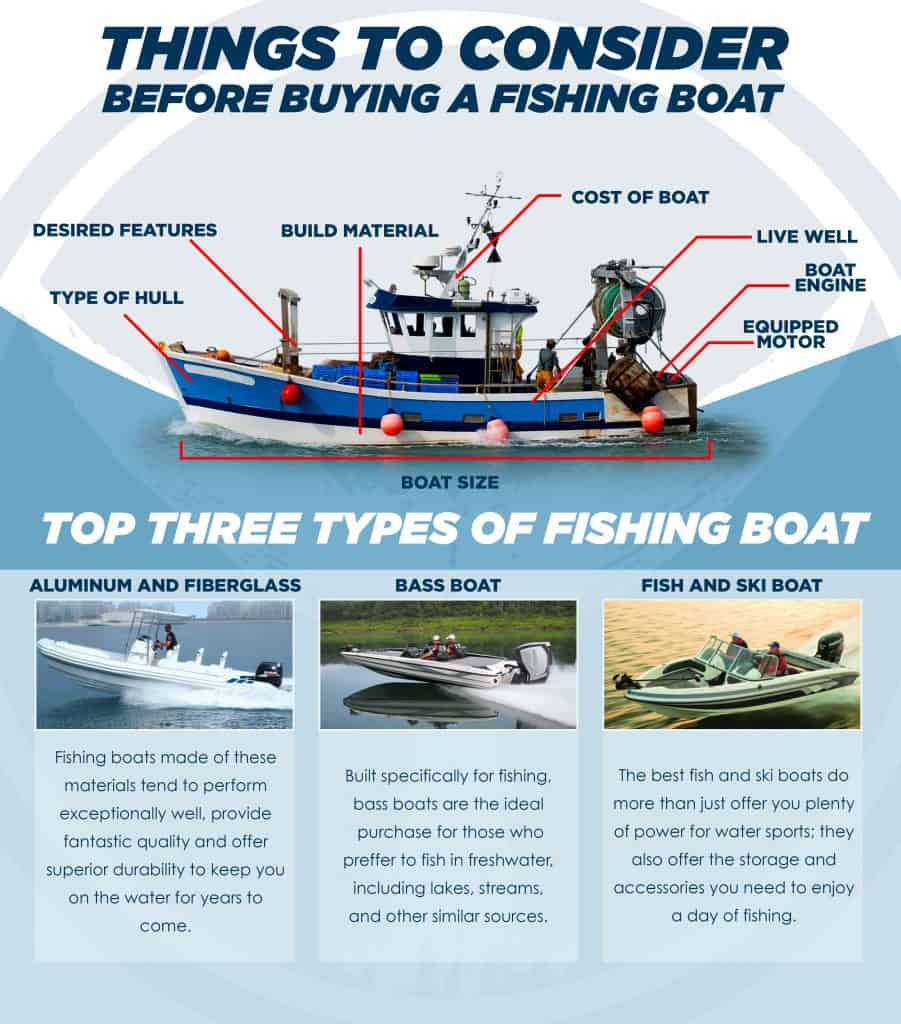
Trip Duration and Fishing Time
Given the distance, equipment, and preparation needed for offshore and inshore fishing, the duration of the fishing trip is also a significant factor for anglers.
For instance, inshore fishing covers shorter distances since areas that are considered inshore are near the coast. Activities in these areas usually last for three to four hours but can extend depending on your choice.
Meanwhile, offshore fishing locations are farther from the shores. Anglers also need to be meticulous with their preparation, gear, and position in the middle of the deep sea during offshore fishing.
Given this, typical offshore trips usually last for six hours or even eight to twelve hours. Aside from this, offshore fishing services offer all-day, overnight, and three-day accommodations.
But, patience in these trips is paid off once they catch larger fish such as bluefins, dorado, mako sharks, and king mackerel.
Tips on Inshore and Offshore Fishing
Whether you choose the more comfortable inshore fishing or offshore adventures, you need to be reminded of several tips for your successful fishing.
Listed below are some tips as you go forward with your offshore and inshore fishing trip:
For Inshore Anglers
Ensure that you have the proper angling gear. Unlike freshwater fish, saltwater fish are more aggressive when caught in a bit. In addition, properly maintain your fishing gear, as exposure to saltwater can lead to rusting of your items.
Make sure to also use the right inshore saltwater fishing lures for better chances of catching!
Scan the area that you’ll be staying in to catch fish. Look for the best possible locations where schools of fish are located. You can look into saltwater flats, a pile of rocks, and underneath bridges.
Strategize your visit to coastal locations. You can use tidal charts, as saltwater fish tend to follow baits amid the tide. You can also visit during cooler times during the day, particularly in warmer conditions.
For Offshore Anglers
Invest in angling equipment, such as round or oval bait tanks, offshore tackle boxes, and gyro-stabilizing binoculars.
According to Capt. Dave Hansen of yoursaltwaterguide.com, bait tanks is useful in keeping as much live bait during long offshore travels. Gyro-stabilizing binoculars are also helpful in inspecting possible schools of fish underneath several meters deep of water.
Understand and utilize every piece of technology, such as radars, GPS navigation, Chirp Sonar, and fathometers. Not only are these useful in ensuring safety amid high waters, but they can add chances to your success in deep-sea fishing.
Focus on fishing by turning off any radio device and ignoring nearby boats. Such distractions could only make you miss out on possible catches nearby your position.
Other Reminders
Angling also has laws that need to be abided by. In this case, inquire and secure a saltwater fishing license before participating in shallow or deep-sea fishing. You should also look into regulations on angling specific fishes and other marine animals.
Final Thoughts
Inshore vs. offshore fishing, which of these is best for you? Well, both of these activities will satisfy the angler in you!
But, whether you decide to go into deep-sea fishing or angling at shallow shores, you need to prepare your gear first and determine your goals. Besides, these activities are different in the environmental condition and how you should act as an angler.
Nonetheless, the best you can do as an angler is to treasure every moment and treat every catch as a big victory.




 Facebook
Facebook YouTube
YouTube